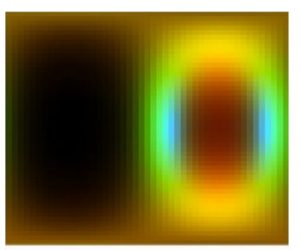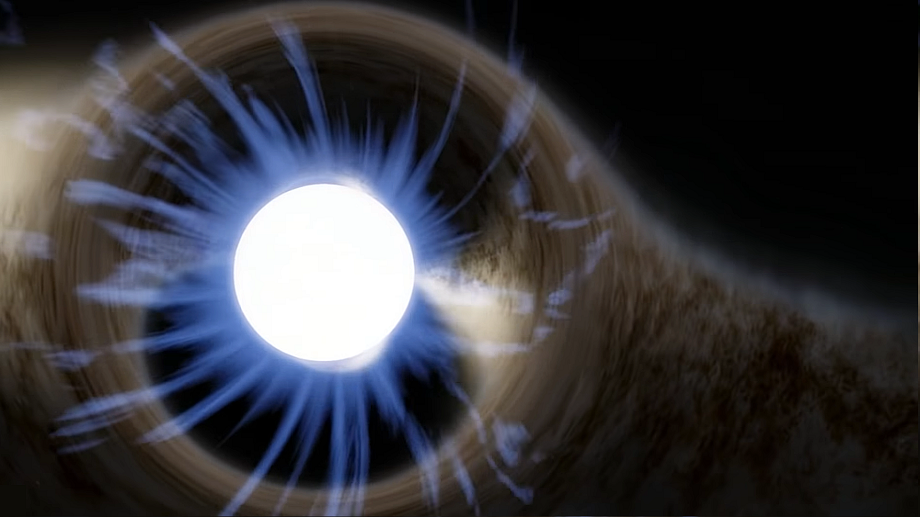When a heavy star dies, its core ends up as either a black hole or a neutron star. Scientists have a good understanding of most of the puzzles associated with black holes, thanks to the general theory of relativity Albert Einstein formulated in early 1900. However, many mysteries about neutron stars are yet to be understood.
Dinesh Kandel, a young Nepali researcher and a Ph. D. student at Stanford University is currently working at the forefront of the field, pursuing a deeper understanding of this exotic object.
Born in Chitwan, Dinesh completed his schooling from Budhanilkantha School. He recalls being particularly passionate about physics during his high school days at St. Xavier's College. This passion led to his participation in the International Physics Olympiad in Thailand, where he won a bronze medal for Nepal. Due to this achievement, he was offered a full scholarship by the Hong Kong University of Science and Technology, one of Asia’s premier institutions. Currently, he works at the Kavli Institute for Particle Astrophysics and Cosmology at Stanford University on the theoretical and observational studies of neutron stars.
 Dinesh Kandel. Photo Courtesy: Stanford University website
Dinesh Kandel. Photo Courtesy: Stanford University website
Neutron stars are one of the densest objects in our universe and are over 10 trillion times denser than iron. “A teaspoon of a neutron star weighs about as much as our Mt. Everest. Because of the extreme density, the pressure inside the star’s core is so high that most of the charged particles merge forming a star composed primarily of uncharged particles - neutrons,” Kandel says.
One perplexity about neutron stars is how heavy they could be. Scientists believe that these objects can’t be over three times heavier than our Sun, otherwise, such a heavy mass would lead to a total gravitational collapse forming black holes. Another mystery is how a neutron star’s mass and radius depend on each other. Solving these puzzles is crucial in understanding what kinds of matter exist inside a neutron star.
To help solve these puzzles, Kandel has been developing techniques to estimate masses of neutron stars by studying their light pattern. “Many neutron stars are not found isolated in the sky but are found orbiting another star, similar to our earth-moon system.
Since neutron stars emit remarkably energetic light and particles, in such cases, beams of energy from the neutron star splash the surface of the companion star and makes the star almost as hot as our sun. These hot systems emit light of wide frequency-range — from optical light that our eyes can see to X-rays to light of even higher frequencies,” Kandel says.
To observe these light signals from the neutron star systems, scientists have commissioned different telescopes. The optical light is monitored using terrestrial telescopes of large size, and the x-ray is monitored through space-based telescopes, two of which are NASA’s Chandra telescope and European Space Agency’s (ESA) XMM-Newton telescope.
 The sky pattern of neutron star system’s X-ray light. The pattern looks like a bright and dark double ring. (source: Kandel et al. 2019)
The sky pattern of neutron star system’s X-ray light. The pattern looks like a bright and dark double ring. (source: Kandel et al. 2019)
In his recent works published in The Astrophysical Journal Kandel has proposed a detailed theoretical model of how the neutron star binary systems emit X-ray light. “Both neutron star and its companion star have extremely energetic winds colliding with each other. Because of this collision, electrons are accelerated to extremely high energies. Because space around neutron stars has a high magnetic field, these electrons emit a distinct signature of X-ray light,” Kandel says.
In this published study, Kandel has accurately analyzed X-ray light from two neutron star systems using the data from the Chandra and XMM telescopes and modeled some important properties of two neutron stars. Modeling the real data with his proposed theory has provided some exciting predictions for the mass of these systems.
He found that both neutron stars are more than two times heavier than our Sun. “Although these results are encouraging, we need more work and more data to work on. The future is challenging, at the same time exciting,” Kandel says.
Kandel’s research article can be read at https://iopscience.iop.org/article/10.3847/1538-4357/ab24d9

